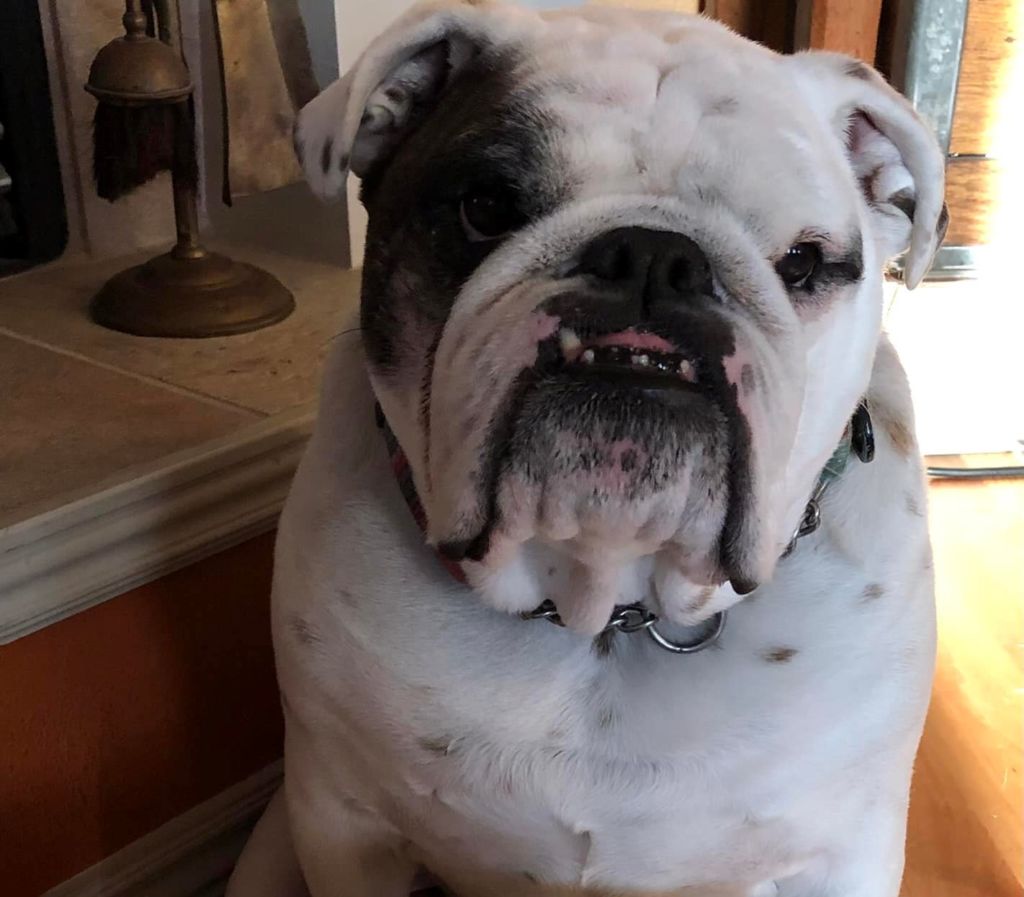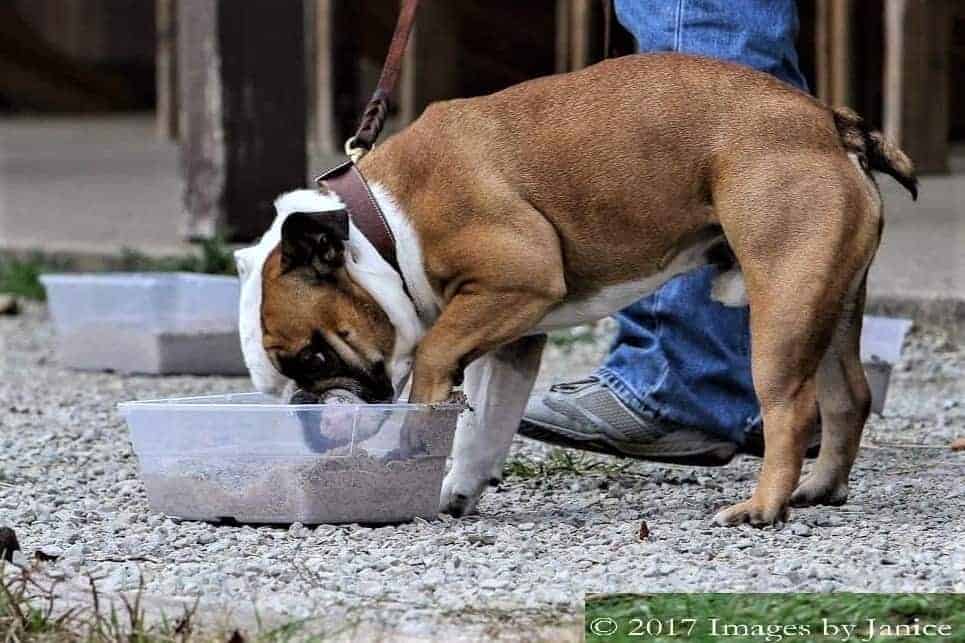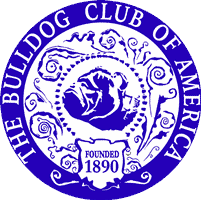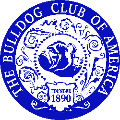Dogs experience the world differently than humans do. With a sense of smell that is between 10,000 and 100,000 times as acute as ours, they get the majority of their information about their environment from smell, rather than sight as we humans do. But in our busy human world, we don’t often let dogs truly savor the experience. We take the dog outside to do their business, and we are anxious to get back in to finish our work, cook dinner, or just go to sleep. When our dogs put their noses to the ground, we hurry them along.



The sport of Scent Work celebrates the joy of sniffing, and asks dogs to sniff to their heart’s content; turning the dog’s favorite activity into a rewarding game. It is a terrific sport for all kinds of dogs, and is a wonderful way to build confidence in a shy dog.
In so many dog sports the handler is in control. The handler knows what has to be done, issues commands to the dog, and ensures that they are carried out. This isn’t true in Scent Work. Neither the dog nor handler know where the target odor is hidden, and the handler has no way to know. The handler has to rely on the dog, and follow the dog’s nose to success. In Scent Work, it is the canine who is the star of the show.
The sport of Scent Work is based on the work of professional detection dogs (such as drug dogs), employed by humans to detect a wide variety of scents and substances. Rather than searching for cocaine though, dogs in AKC Scent Work search for cotton swabs saturated with the essential oils of Birch, Anise, Clove, and Cypress. The cotton swabs are hidden out of sight in a pre-determined search area, and the dog has to find them. Teamwork is necessary: when the dog finds the scent, he has to communicate the find to the handler, who calls it out to the judge.
Searches in Scent Work are conducted in a variety of environments, which are known in the sport as “elements.” The elements in AKC Scent Work are Container, Interior, Exterior, and Buried. In the Container element, the dog is presented with an open area with a number of containers—such as cardboard boxes, backpacks, or luggage—and they must determine which container holds the scent. In the Interior element, the search takes place in an indoor area, in an everyday setting, with furniture for the dog to search around. The Exterior element presents an everyday outdoor area, with vegetation, objects, and structures to search. In the Buried element the target scent is hidden beneath the ground, and the dog has to indicate the area under which the scent is buried. Each of these elements includes four difficulty levels, with a title that can be earned in each class—so AKC Scent Work offers years of fun for the dog. AKC Scent Work also has class variations where the target scent is the handler’s smell, rather than an essential oil. Handlers usually use a different command when the dog is searching for handler scent, such as “find me!”
All dogs (purebred and mixed breeds) can participate in AKC Scent Work, provided they are AKC-registered, enrolled with Canine Partners, listed in the Purebred Alternative Listing (PAL) program or recorded in the Foundation Stock Service (FSS) program.


